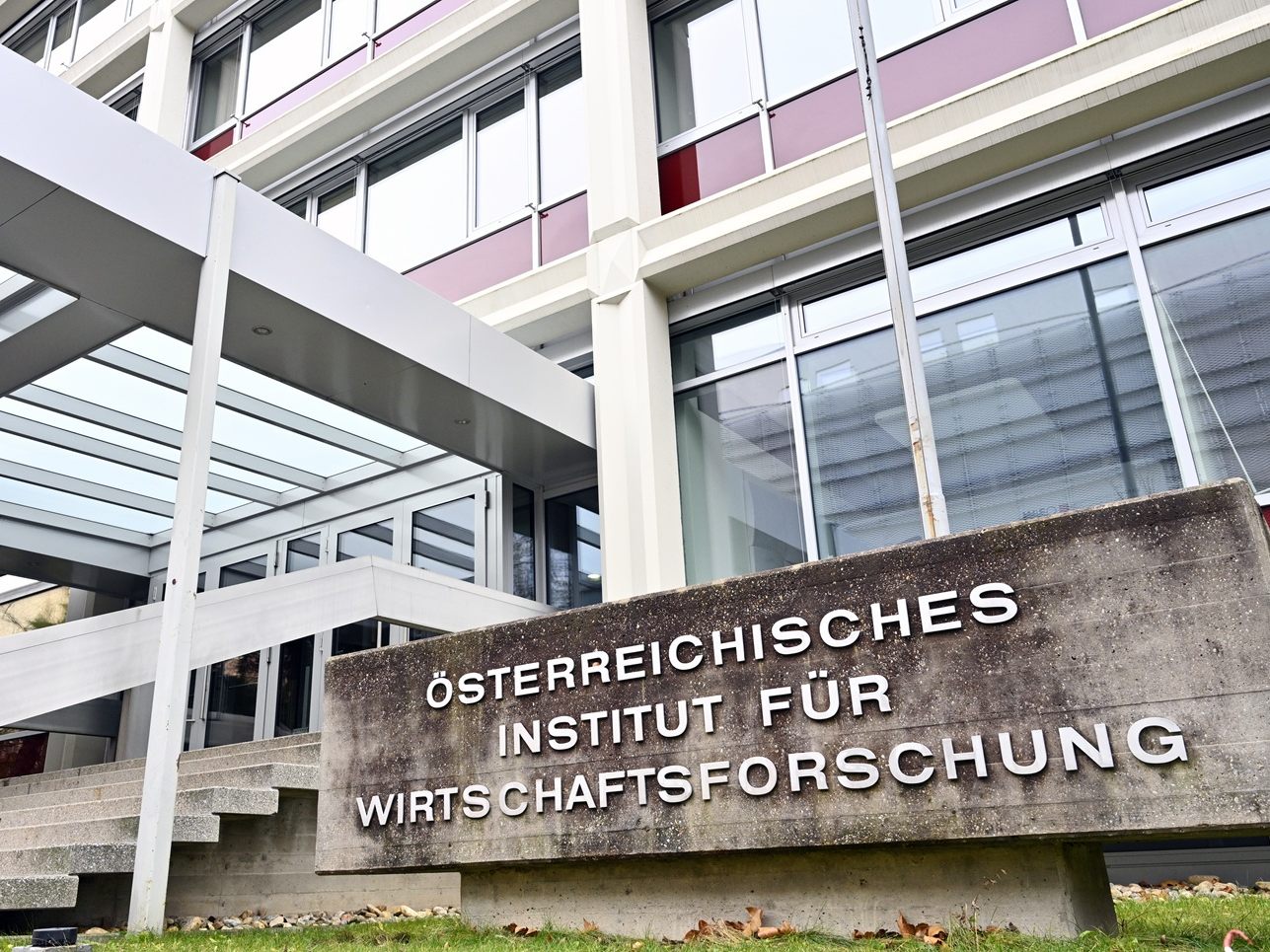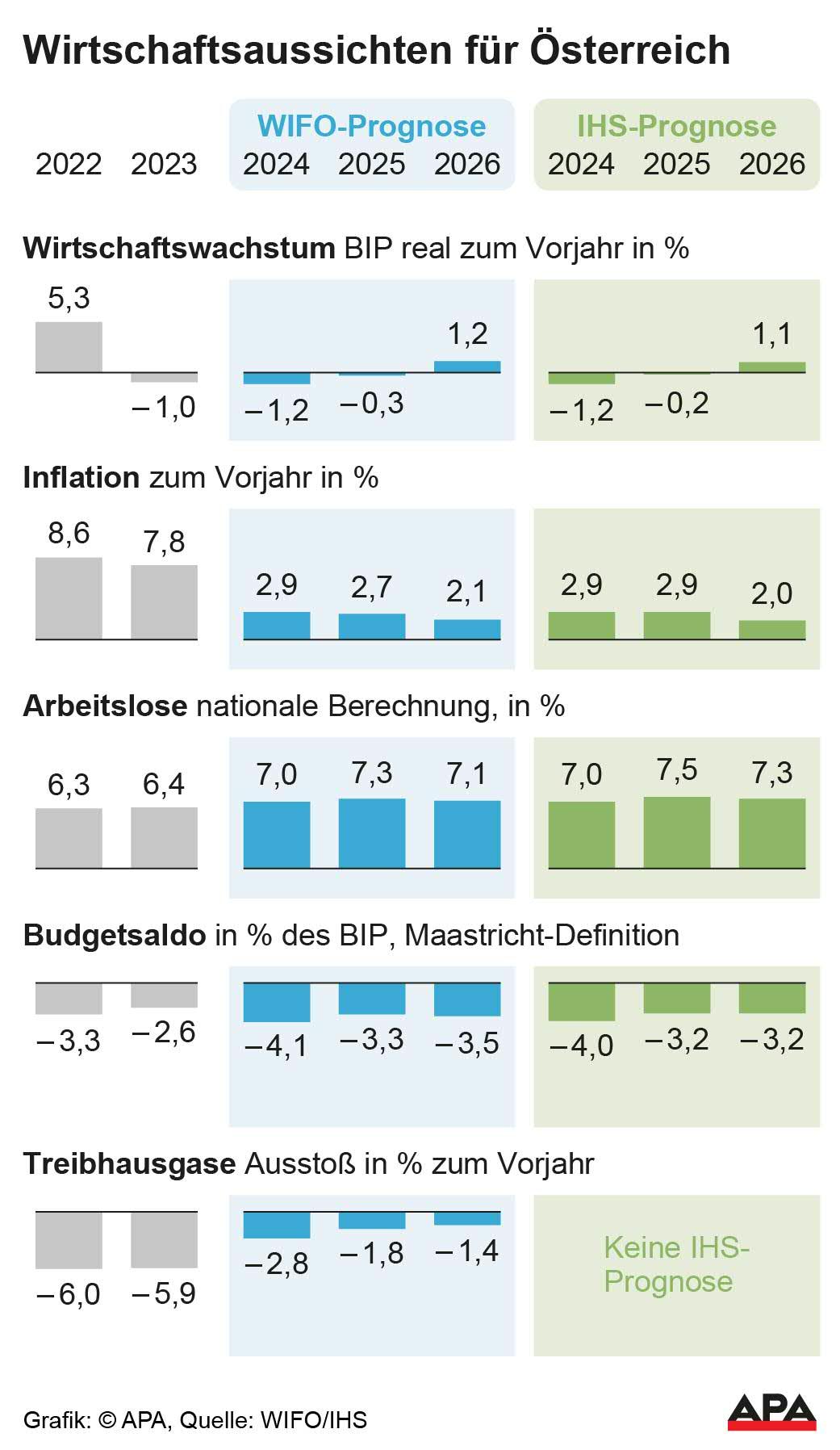Recession in Austria Threatens to Continue

The longest recession of the Second Republic continues. Austria's economy is being slowed down by weak industrial exports, consumer restraint, the new government's austerity plans, and US tariffs. Wifo and IHS massively lowered their economic forecast for 2025 on Thursday and expect a third year of recession. In December, they still expected economic growth of 0.6 and 0.7 percent for this year, but now a decline of 0.3 and 0.2 percent is forecasted.
The domestic economy has recently developed the weakest in the EU and OECD comparison. In 2023, Austria's real gross domestic product (GDP) shrank by 1.0 percent and in 2024 by 1.2 percent.
"Austria is in an economic crisis"
"Austria is in an economic crisis," said Wifo Director Gabriel Felbermayr at the presentation of the economic forecast in Vienna. The crisis is "partly structural" and "self-inflicted," the new federal government must tackle "bold structural reforms." The Wifo chief warned of a decade without growth, a "lost decade" in Austria, if the government does not act decisively.
IHS head Holger Bonin fully supports Felbermayr's "wake-up call." It requires "a package of ambitious reforms" and "a national effort." Austria "largely has it in its own hands to solve the problems," Bonin explained.

The budget deficit is expected to exceed the Maastricht limit of 3 percent of GDP again in 2025 and, despite the austerity package, to be at 3.3 percent (Wifo) and 3.2 percent (IHS). "The budget consolidation by the new federal government dampens growth by 0.3 percentage points," calculates the Institute for Advanced Studies (IHS) in the economic forecast.
Inflation and Unemployment
After the record inflation years of 2022 and 2023 with 8.6 percent and 7.8 percent, inflation dropped to 2.9 percent in 2024 and is expected to be 2.7 percent (Wifo) or 2.9 percent (IHS) this year. The expiration of the electricity price brake, the increase in network charges for electricity and natural gas, and the increase in renewable energy subsidies and CO2 tax have significantly raised inflation in Austria at the beginning of 2025. However, economic researchers expect a declining inflation rate over the course of the year.

According to Wifo economists, the labor market proves to be "relatively robust given the duration and severity of the recession." The IHS sees it similarly: "In historical comparison, the labor market situation is still quite stable." An increase in the unemployment rate by 0.3 or 0.5 percentage points to 7.3 or 7.5 percent is expected this year according to national calculations.
The IHS economists point to "serious downside risks" for the economic forecast. Political uncertainty has "increased significantly" since the election of Donald Trump as US President. "Erratic changes" in international economic policy - including US tariff policy - make the forecast more difficult, according to Wifo. The German billion-euro financial package and the planned EU armament also increase forecast uncertainty additionally.
Will 2026 Bring an Upswing?
If the Austrian and global economy develop as currently forecast this year, then according to Wifo and IHS, the long-awaited upswing will come in 2026. Economic growth is expected to be 1.2 percent and 1.1 percent next year. Inflation is forecast to significantly decrease to 2.1 and 2.0 percent in 2026, and the unemployment rate is expected to slightly drop to 7.1 and 7.3.
(APA/Red)
This article has been automatically translated, read the original article here.





